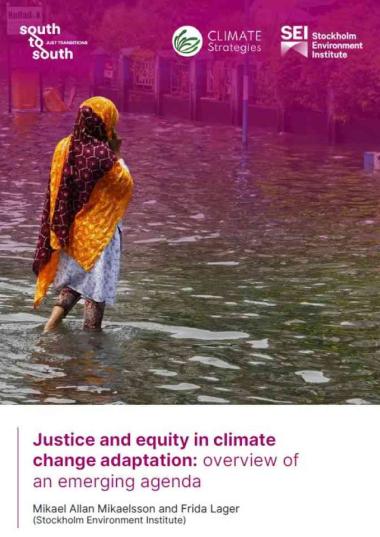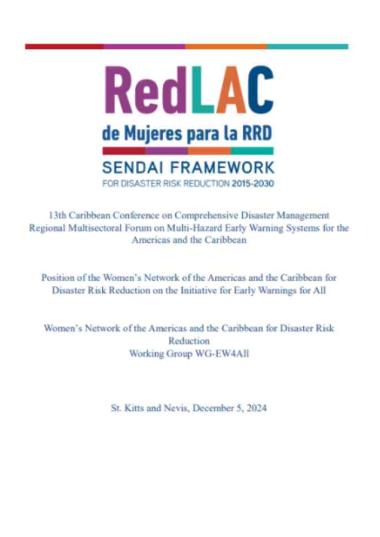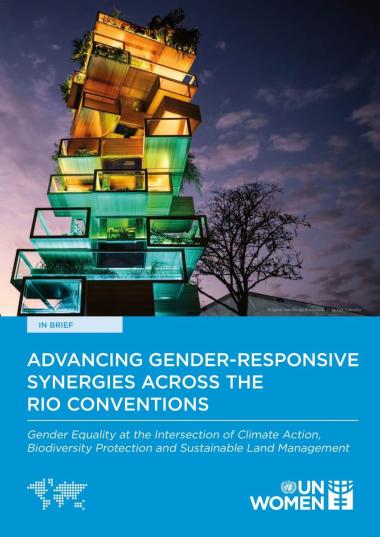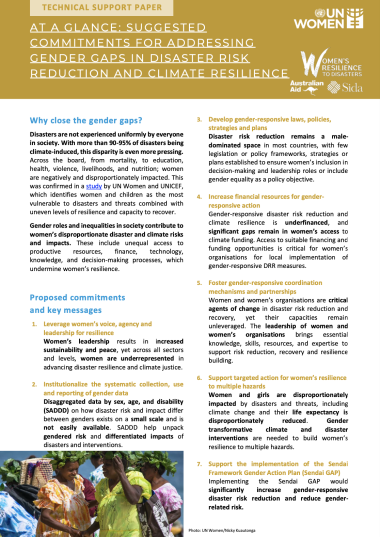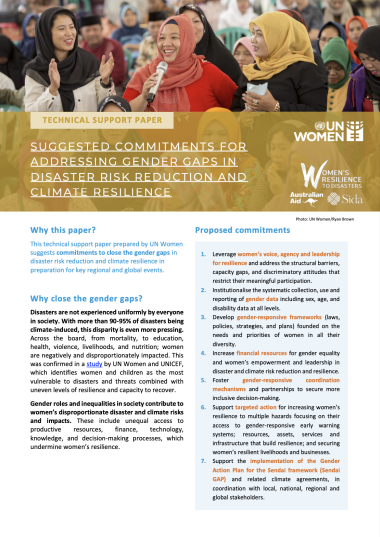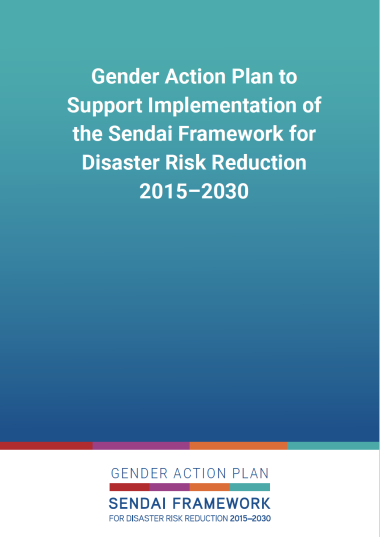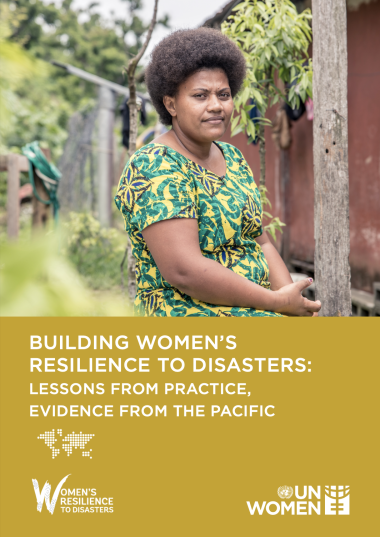
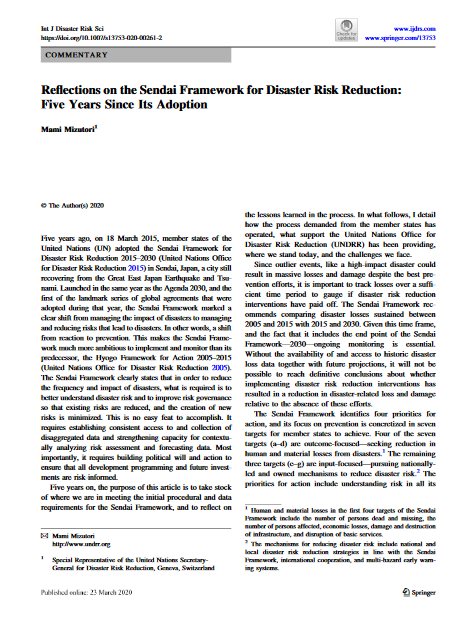
Reflections on the Sendai Framework for Disaster Risk Reduction: Five years since its adoption
March 2020
Five years ago, on 18 March 2015, member states of the United Nations (UN) adopted the Sendai Framework for Disaster Risk Reduction 2015–2030 (United Nations Office for Disaster Risk Reduction 2015) in Sendai, Japan, a city still recovering from the Great East Japan Earthquake and Tsunami. Launched in the same year as the Agenda 2030, and the first of the landmark series of global agreements that were adopted during that year, the Sendai Framework marked a clear shift from managing the impact of disasters to managing and reducing risks that lead to disasters. In other words, a shift from reaction to prevention. This makes the Sendai Framework much more ambitious to implement and monitor than its predecessor, the Hyogo Framework for Action 2005–2015 (United Nations Office for Disaster Risk Reduction 2005). The Sendai Framework clearly states that in order to reduce the frequency and impact of disasters, what is required is to better understand disaster risk and to improve risk governance so that existing risks are reduced, and the creation of new risks is minimized. This is no easy feat to accomplish. It requires establishing consistent access to and collection of disaggregated data and strengthening capacity for contextually analyzing risk assessment and forecasting data. Most importantly, it requires building political will and action to ensure that all development programming and future investments are risk-informed.
